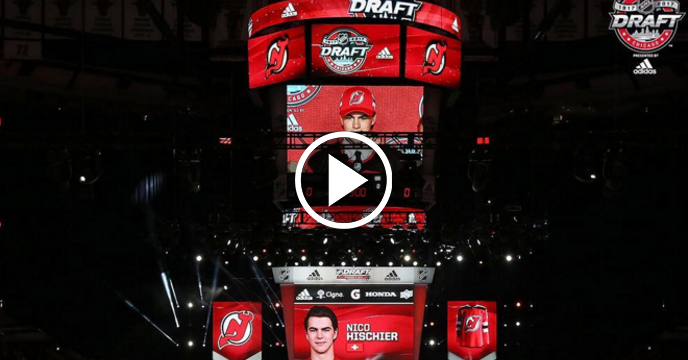
The new NHL realignment plan, approved today by the NHL Board of Governors, is an absolute disaster. What is currently the Eastern Conference, particularly the Southeast’s partial merger with the Atlantic Division, represents several key flaws in the new realignment plan.
There’s no denying that something needed to be done, since the Winnipeg Jets obviously should not be in the same division as the Florida Panthers and Tampa Bay Lightning. With that being said, the Lightning and Panthers probably don’t belong in the same division as any of the teams in the Northeast. If realignment was spurred on by one team traveling a great distance to play the other four teams in their division, a new plan that has two teams traveling great distances to visit the other five teams in their conference makes even less sense.
The other obvious flaw affects all the teams in the Eastern Conference. While the NHL felt it needed to address time zone issues, the unequal split between eastern and western hockey clubs creates an unfair advantage. There are two “conferences” in the vast emptiness of the western United States and Canada, both with seven teams. In a more cluttered east, there are also two conferences, but these divisions contain eight teams. The result is the unfair distribution of 16 playoff spots that inexplicably allows a greater percentage of teams in the west to make the postseason than the east. Every team in the east is put at a disadvantage as a result of the new NHL realignment plan. While this disadvantage might have been explained away by less travel fatigue, forcing both Florida hockey teams to play in the Northeast corner of the NHL defies this reasoning.
An obvious geographical solution is to not force the two Florida hockey teams to bypass an entire region of teams when constructing new divisions. The focus on television ratings and time zones over travel distances and logic is the downfall of the new system. While it is cute that fans of the Detroit Red Wings and Columbus Blue Jackets can get an extra hour of sleep under the new NHL design, what the NHL did to Florida hockey is an atrocity. When the Nashville Predators and Winnipeg Jets could have simply and effectively switched spots under the current divisional layout, the NHL elected to take more drastic, unfair, and inefficient measures to address a minor problem created by one team’s relocation two years ago (with the Atlanta Thrashers representing another mistake by the NHL powers that be).
Because Florida hockey clearly suffers the most, the New Jersey Devils are far from the biggest losers in the redesigned NHL conference layout, but they certainly did not benefit from the changes that came from the 2013-14 NHL realignment plan. GM Lou Lamoriello was vehemently against NHL realignment – and with good reason. There are more teams vying for fewer playoff spots in the east, while the New Jersey Devils clearly play in the most competitive division in the new construction of the NHL (even with the addition of the Columbus Blue Jackets). Arguably the most exciting rivalries in hockey between the Devils, Philadelphia Flyers, New York Rangers, and Pittsburgh Penguins will be played less frequently, making games less exciting for everyone.
Maybe I’m wrong. Maybe there was no “good” solution to the many geographical problems the NHL faced. Maybe the New Jersey Devils will benefit from playing fewer rivalry games because they’ll be a more exciting part of a less intense schedule. Maybe the Florida Panthers and Tampa Bay Lightning will prosper when their new conference rivals must travel all the way down the coast for half their meetings. Maybe the uneven playoff structure will be less of an issue than I think.
But doesn’t it look like there could have been a better way of handling the necessary realignment in the NHL?
 Share
Share 










